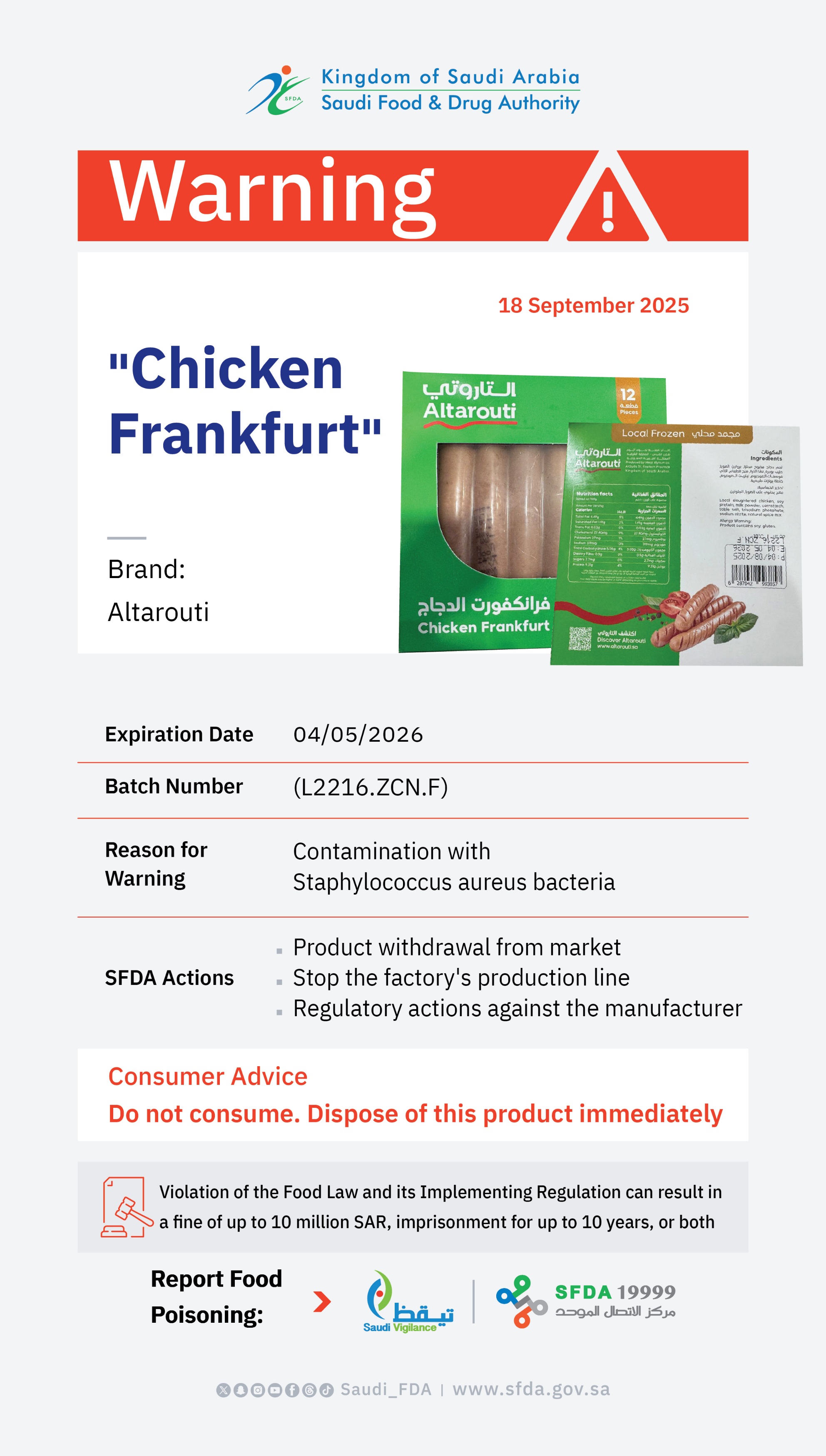
22 Hair Dye Chemicals Banned in Europe
2006-11-01
European regulators have banned 22 hair dye chemicals as part of a safety investigation prompted by a study linking dyes to bladder cancer.
But cosmetics industry officials tell WebMD consumers have little cause for concern, because the chemicals are virtually nonexistent in commercial hair products sold in Europe and the United States.
The ban, which takes effect Dec. 1, came as part of an overall safety review of hair dyes being conducted by the European Union's regulatory agency, the European Commission.
The commission had asked hair dye industry officials in Europe to submit safety data for all chemicals used in hair dyes. Safety profiles for 115 commonly used chemicals were filed with the group and are now being reviewed.
But no safety data were provided for 22 other chemicals -- and that is why they were banned, Florian Schellauf, of the European Cosmetic, Toiletry, and Perfumery Association (COLIPA) tells WebMD.
"As far as we can tell, these dyes are not in use at all," he says. "Because of this, there was no interest in defending them."
Hair Dyes Not Regulated in U.S.
While dyes used in foods, drugs, and other cosmetics are regulated in the U.S., those used in hair dyes are not.
But John Bailey, PhD, of the U.S. version of COLIPA -- the Cosmetic, Toiletry, and Fragrance Association -- tells WebMD the chemicals used in hair dyes have undergone rigorous safety studies over the years.
It appears only one of the 22 substances banned in Europe -- a chemical known as 2,3-Naphthalenediol -- may be being used in hair products sold in the United States, Bailey says.
The FDA confirms that chemical is the only one of the 22 that appears in its voluntary cosmetics registry.
Bailey was not specific about which products the chemical may be used in, or whether it is used at all. "We are looking into this," he tells WebMD.
Bailey predicts the 115 chemicals currently under review in Europe will be judged safe. "The industry long ago figured out which substances they should and should not use in hair dyes," he says.
Newer Studies Fail to Show Link
The study that prompted the review, published in 2001 in the International Journal of Cancer, compared the hair dye histories of 897 women with bladder cancer with those of an equal number of women without the disease.
Women who used permanent hair dyes regularly (at least once a month) for 15 years or more were found to be three times as likely as women who didn't dye their hair to develop bladder cancer.
But both Bailey and Schellauf point to more recent studies that do not support a link between hair dye use and bladder cancer.
These include an analysis of 10 studies regarding hair dye use and bladder cancer published in the Journal of the American Medical Association in 2005 and a study from Spain involving roughly 300 women, reported in this month's European Journal of Cancer.
The European Commission is expected to report on the safety of the 115 chemicals it is evaluating by December 2007.
In a statement issued late Friday, FDA officials suggested they will be watching the European regulatory group's actions.
Salynn Boyles-July 24, 2006 -





